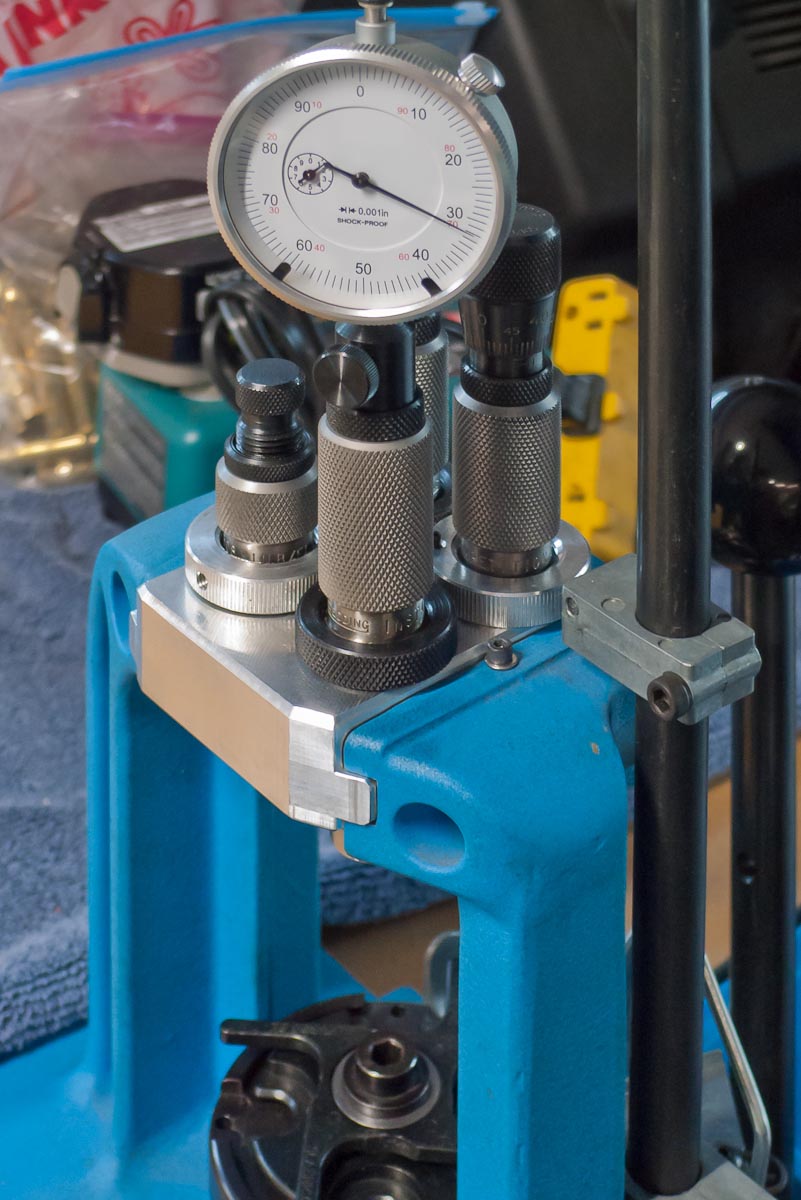Re: Bumping shoulders, how do you know?
<div class="ubbcode-block"><div class="ubbcode-header">Originally Posted By: milo-2</div><div class="ubbcode-body">Does it really matter how much you are bumping your cases?
The case needs to rechamber in your gun, set the die accordingly. If it is bumped "001" or ", 005" it still needed to be done.
Tools are neat, but not always needed. Does the guy bumping "0005" have more accurate ammo than you bumping "003"? I think not.. There is more to it.
<span style="color: #000099"> Bumping back .001" or .005" won't make a difference, but if your die bumped back .010-.020" it does make a difference, case head separations. Over the years, I've had case head separations all due to RCBS and Dillon dies that set the shoulders back way too far. A .338 Winchester Magnum that separated after 3 firings, a 6MM Remington that separated after a few firings and a .222 Remington that separated on the first firing. I had to scrap the cases.
These dies were all able to over size the shoulders when setting the dies up as instructed by the die manufacturer. All of this could have been prevented with the use of a gauge.</span>
My advice is to skip on the gadgets and buy bullets and brass, load them and shoot. Save the gadget buying until you are older, then it will be a neat conversation piece for happy hour with your buddies. <span style="color: #000099"> Well, Im the older guy your referencing here, been reloading for about 40 years, made a number of resizing mistakes over the years. I do know I'm a bit wiser now with the use of a gauge. </span> No one, even your gun gives a flying fuck how much the shoulder was bumped. <span style="color: #000099"> The rifle will care if your die is capable of too much bump. I was given a batch of 300 Winchester Magnum brass that had been F/L resized buy an unknown source. When I used my gauge to check to see how far the shoulder was bumped, the gauge indicated the shoulders somehow, had been bumped .025"too far back. Yes, no shit. I can Imagine if I would have just loaded these cases up with full power loads and touched them off.</span>
I have two fully custom guns that need the shoulder bumped every firing, and they shoot, so don't complicate matters. </div></div>
<span style="color: #000099">Weather you use the RCBS precision mic, the Innovative Technologies gauge, the Wilson/Dillon drop in gauges, or the Hornady/ Sinclair gauges, they will at least reference what your F/L dies are doing.
Personally, I prefer the Hornady/Sinclair bump gauges since they are inexpensive and can be used on a variety of cases/calibers. You use them with a digital caliper and you can see the numbers.
If you don't want to use gauges, that's your choice, but they will show you the problem if you have a chambering issue.
It seems every few days,this reloading forum gets a lot of F/l sizing questions. Most regarding not being able to chamber because not enough shoulder bump/sizing. A gauge is a good indicator of what the problem is.</span>




